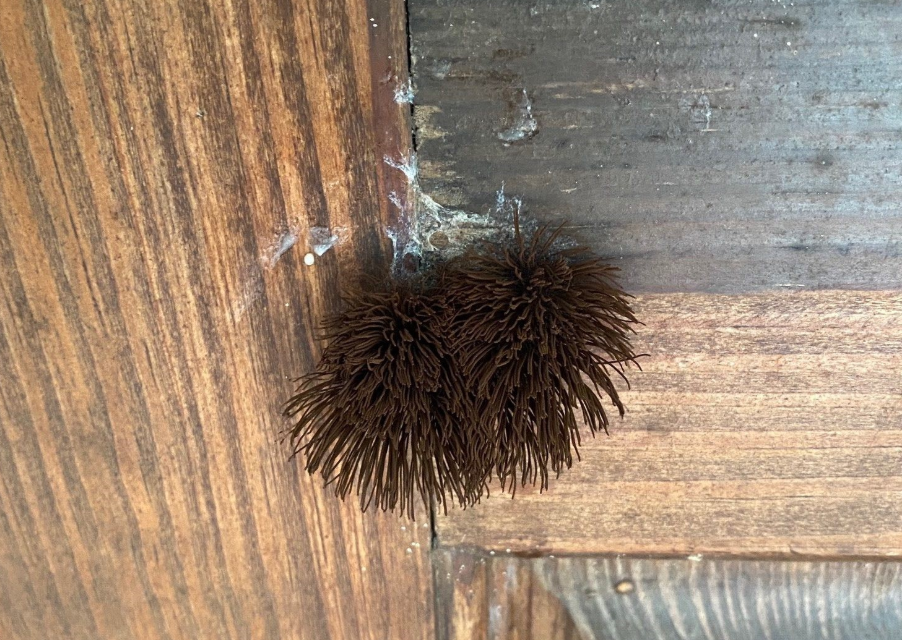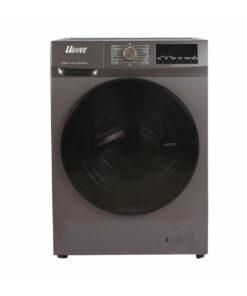Brown Mold Explained: Health Effects, Prevention, and When to Call a Specialist

Imagine walking into your bathroom or basement and noticing strange brown patches spreading across the walls or ceiling. At first, you may think it’s just dirt or water stains, but soon you realize it’s something more concerning. This unsettling discovery is often brown mold, a type of fungi that thrives in damp, poorly ventilated areas.
Brown mold appears in different forms sometimes as dark spots, other times as fuzzy patches and is more common in homes than many people realize. While it may not be as notorious as black mold, it still poses significant risks to property and health.
In this article, we’ll dive into what brown mold is, how to identify it, the health issues it can cause, and the steps you can take to prevent and remove it. We’ll also explain when it’s best to handle it yourself and when calling a specialist is the smartest choice.
What is Brown Mold and How Do You Identify It?
Brown mold refers to several species of fungi that appear in shades of light to dark brown. It often grows in damp environments like bathrooms, basements, and kitchens. Common spots include:
-
Walls and ceilings affected by leaks or condensation
-
Bathrooms, especially near showers and sinks
-
Wooden surfaces where moisture lingers
-
Basements with poor ventilation
It can appear as brown fuzzy mold or slimy patches, depending on the species and environment. A musty odor is also a strong indicator. Identifying mold early helps prevent it from spreading and becoming a serious problem.
Tip: Mold test kits and professional inspections can confirm whether what you see is brown mold or another strain.
For quick, reliable inspection and remediation services, homeowners trust GCR Builders LLC.
What Are the Health Risks of Brown Mold?
Exposure to brown mold in house environments can cause health issues, especially for children, seniors, and people with weakened immune systems.
Common symptoms include:
-
Sneezing, coughing, and throat irritation
-
Skin rashes or itching
-
Eye irritation and watery eyes
-
Asthma flare-ups or breathing difficulties
In severe cases, prolonged exposure may lead to infections in the lungs or sinuses. This makes brown mold health risks something homeowners should never ignore.
Professional Insight: Doctors often see an increase in respiratory complaints in patients living in mold-affected homes, particularly when the mold is hidden behind walls or ceilings.
How to Prevent Brown Mold in Your Home
Prevention is easier and less expensive than mold remediation. Here are proven ways to reduce the risk of brown mold on walls, ceilings, and other areas:
1. Control Moisture Levels
-
Fix leaks in roofs, pipes, and windows immediately.
Keep indoor humidity below 50%. A dehumidifier can help. -
Dry wet areas within 24–48 hours.
2. Improve Ventilation
-
Use exhaust fans in bathrooms and kitchens.
-
Open windows when possible to allow airflow.
-
Vent clothes dryers outdoors.
3. Maintain Surfaces
-
Clean and disinfect bathrooms regularly.
-
Use mold-resistant paint in high-moisture areas.
-
Seal basement walls to prevent seepage.
Checklist for Mold Prevention:
-
Repair leaks quickly
Keep humidity low -
Use fans and ventilation
-
Regularly clean damp areas
Brown Mold Removal: DIY or Call a Specialist?
DIY Removal for Small Areas
If the mold covers less than 10 square feet (about a 3x3 foot patch), you may be able to handle it yourself:
-
Wear gloves, goggles, and a mask.
-
Scrub the area with water and detergent.
-
Dry thoroughly and improve ventilation.
When to Call a Professional
-
Large infestations: More than 10 square feet
-
Hidden mold: Behind drywall, under flooring, or in HVAC systems
-
Recurring mold: Even after cleaning, it keeps coming back
-
Health concerns: If anyone in the home has asthma or allergies
Professionals use specialized equipment to remove mold safely and prevent regrowth. They can also identify underlying moisture issues.
FAQs About Brown Mold
Is brown mold dangerous?
Yes. While not as toxic as black mold, it can still cause allergies, asthma attacks, and other respiratory problems if left untreated.
How do I know if I have brown mold in my bathroom?
Look for brown fuzzy patches, peeling paint, or musty smells around sinks, tubs, and walls. Mold test kits can confirm.
Can brown mold grow on wood?
Absolutely. Brown mold on wood is common in damp basements or areas with water leaks. It weakens the wood over time.
Does bleach kill brown mold?
Bleach may remove surface mold stains, but it doesn’t penetrate porous materials like drywall or wood. This means the mold can return.
Can I paint over brown mold on ceiling or walls?
No. Painting over mold only hides the problem. The mold will continue to grow underneath and eventually resurface.
Conclusion
Brown mold is more than an eyesore, it can damage your home’s structure and create health risks for your family. The key steps are early identification, proper prevention, and professional removal when needed.






